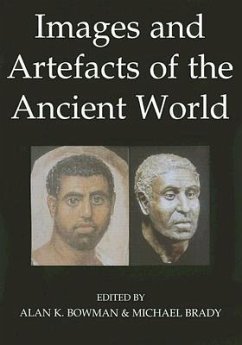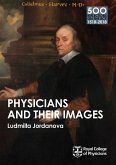By providing the opportunity for scholars from these communities to explain to each other what they are doing and how, the papers explore the ways in which the scientific contributors and the historians are thinking about subjectivity of interpretation, visual cognition, and the need to improve methods of presenting evidence so as to feed directly back into their own scientific thinking and to encourage genuine innovation in their approach to developing methods of image-enhancement and interpretation of objects. A significant further dimension is the improvement of techniques of providing high quality images of important and valuable collections of original artefacts to scholars who cannot always study the originals directly. Another important development discussed here is the fact that such imaging techniques now offer the researcher valuable insurance against the processes of deterioration to which such artefacts are inevitably subject. Seven of the papers are scientific and technical, while the other eight have an archaeological or historical focus.
In this genuinely productive interdisciplinary dialogue, engineering scientists, archaeologists and historians discuss how recent exciting developments in imaging, image analysis, and image display/diffusion can be applied to three-dimensional objects of material culture from the classical world, ranging from inscribed writing tablets to buildings and urban sites. The fifteen papers explore the ways in which the scientific contributors and the historians are thinking about subjectivity of interpretation, visual cognition, and the need to improve the presentation of evidence so as to feed directly back into their own scientific thinking and to encourage genuine innovation in developing methods of image-enhancement and the interpretation of objects.
In this genuinely productive interdisciplinary dialogue, engineering scientists, archaeologists and historians discuss how recent exciting developments in imaging, image analysis, and image display/diffusion can be applied to three-dimensional objects of material culture from the classical world, ranging from inscribed writing tablets to buildings and urban sites. The fifteen papers explore the ways in which the scientific contributors and the historians are thinking about subjectivity of interpretation, visual cognition, and the need to improve the presentation of evidence so as to feed directly back into their own scientific thinking and to encourage genuine innovation in developing methods of image-enhancement and the interpretation of objects.







